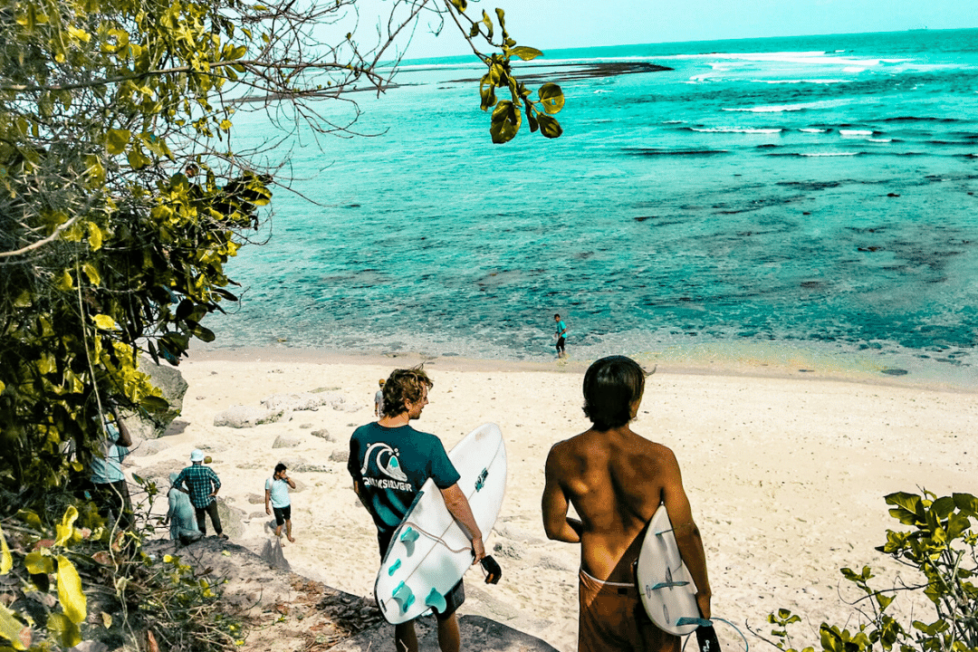How Flow Improves Our Decision Making Abilities
We know that finding flow is desirable, but we rarely think about why. Turns out, it has a lot to do with how we make decisions.

We know that finding flow is desirable, but we rarely think about why. Turns out, it has a lot to do with how we make decisions.

“Don’t ask what the world needs. Ask what makes you come alive. Because what the world needs most is more people who have come alive.”
-Howard Thurman, Civil Rights Leader
Total absorption. An altered experience of time. Effortless effort. Abraham Maslow called it having a “peak experience”. Nowadays we call it “flow”. We know that finding flow is desirable, but we rarely think about why. In The Rise Of Superman, Stephen Kotler examines what happens when we experience flow and how it can help us in our everyday lives.
The term flow was first coined by Mihaly Csikzentmihalyi in the late 1960s. He defined flow in the following way:
“Flow is being so involved in an activity that nothing else seems to matter. The ego falls away. Time flies. Every action, movement and thought follows inevitably from the previous one, like playing jazz. Your whole being is involved, and you’re using your skills to the utmost.”
Mihaly Csikzentmihalyi
Doing something you are skilled at is key to achieving flow. But being in a state of flow can also enhance your skills. A ten year study done by McKinsey found that top executives reported being up to five times more productive when they were in a state of flow. But the conclusions we can draw on why they were more productive also underscores the practical value of finding flow: that being in a state of flow means being in a head space where you are making extremely efficient and effective decisions.
Studies on the brain wave activity of thousands of athletes show that the most elite athletes move through the six-stages of decision making fluidly, rapidly transitioning from one stage to the next. In flow, the best athletes are suspended in a brain state known as low alpha/high theta. It is only in this state that gamma waves—the ones associated with intuitive breakthroughs or “AHA moments”—can appear. In other words “people in the zone are already “neurologically” poised on the brink of a breakthrough.”
Meaning, flow not only increases our decision making abilities, it increases our creative decision making abilities.
Luckily, you don’t necessarily have to be in the zone to think outside of the box. According to research done by Harvard Business School professor, Teresa Amabile, this type of amplified creativity outlasts the flow state:
“People report feeling extraordinarily creative the day after a flow state, suggesting that time spent in the zone trains the brain to consistently think outside the box.”
In other words, flow begets flow and the flow we get during activities we enjoy or excel at, can help us think creatively, even outside of that activity.
Unfortunately, there is no “flow” button we can turn off and on in our brains. Yet Csikzentmihalyi’s research shows that the presence of the following conditions makes attaining a flow state more likely:
While all of these 10 elements should be present for what Csikszentmihalyi refers to as “macroflow” (akin to the level of flow needed to surf a death defying wave at Teahupo’o); “microflow” (akin to the level of flow needed when paddling out on a small day in Waikiki) can be achieved with the presence of just a few of these conditions, for instance: absorption, clear goals, and concentration.
